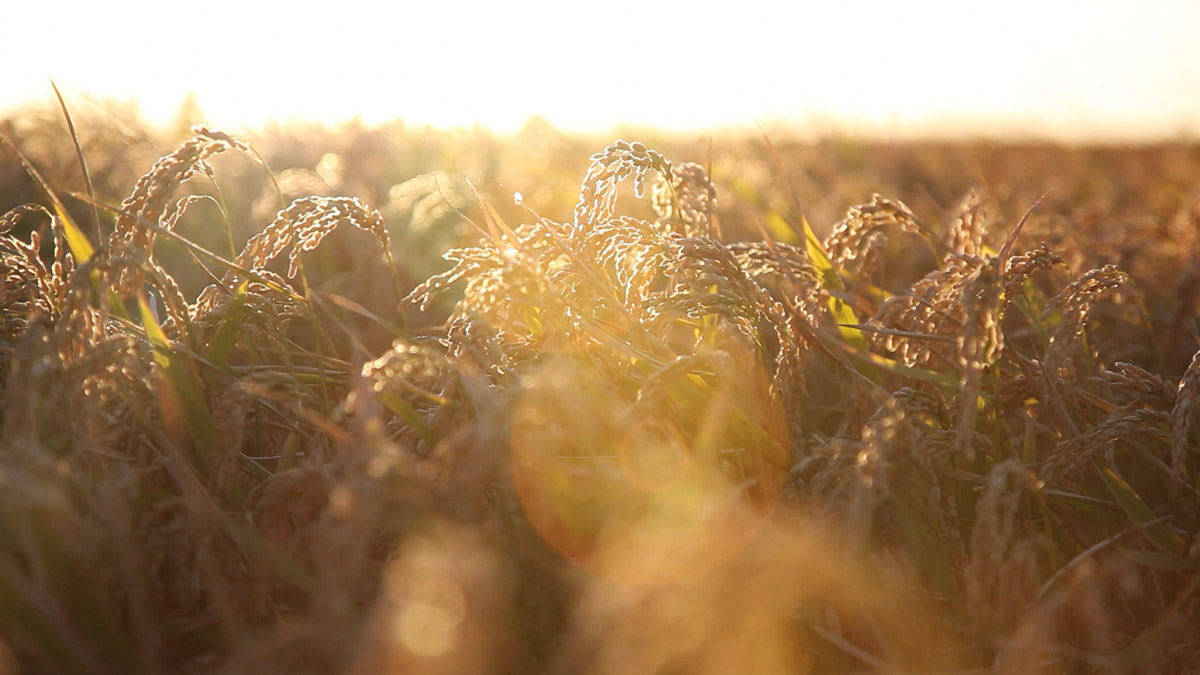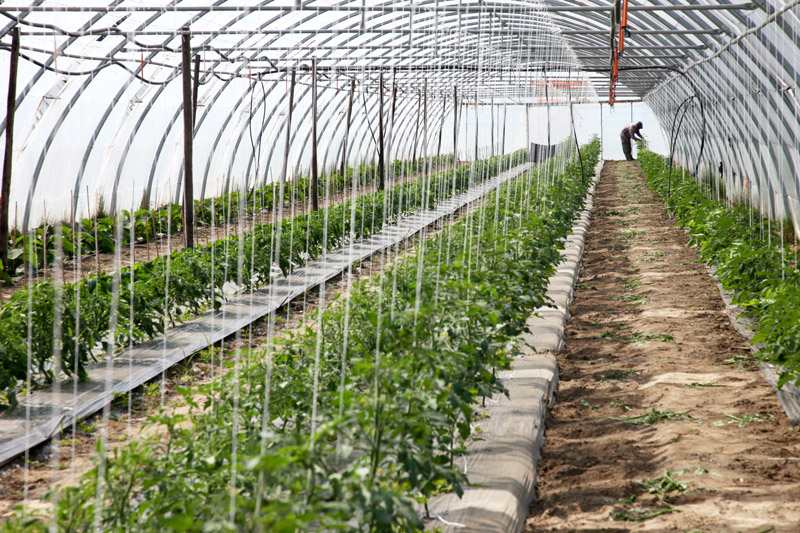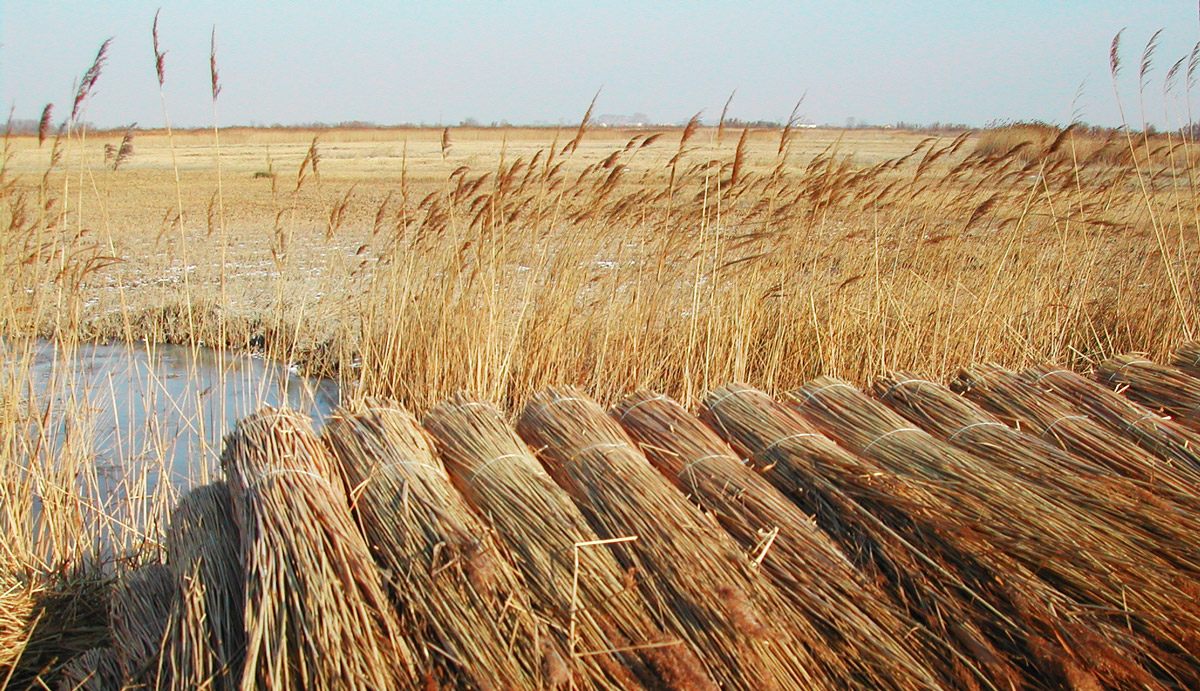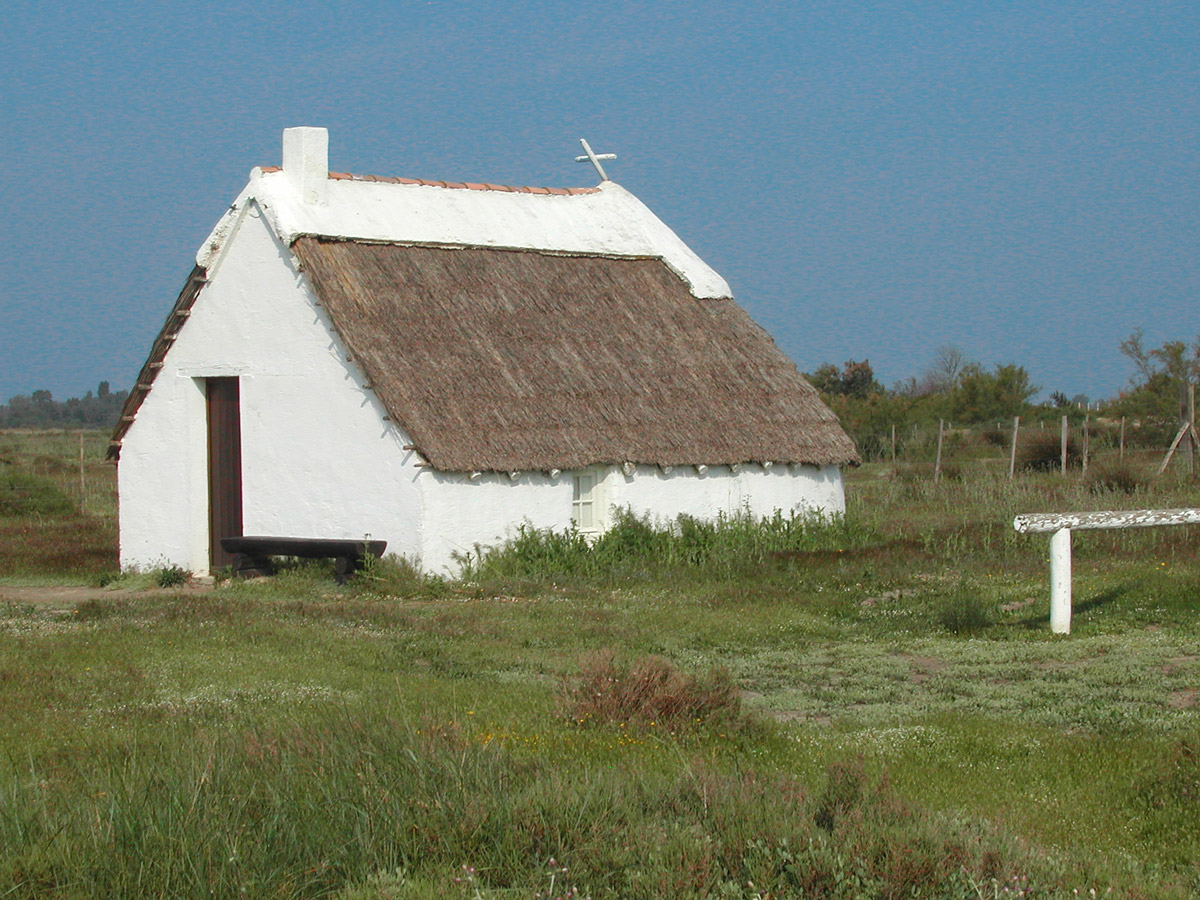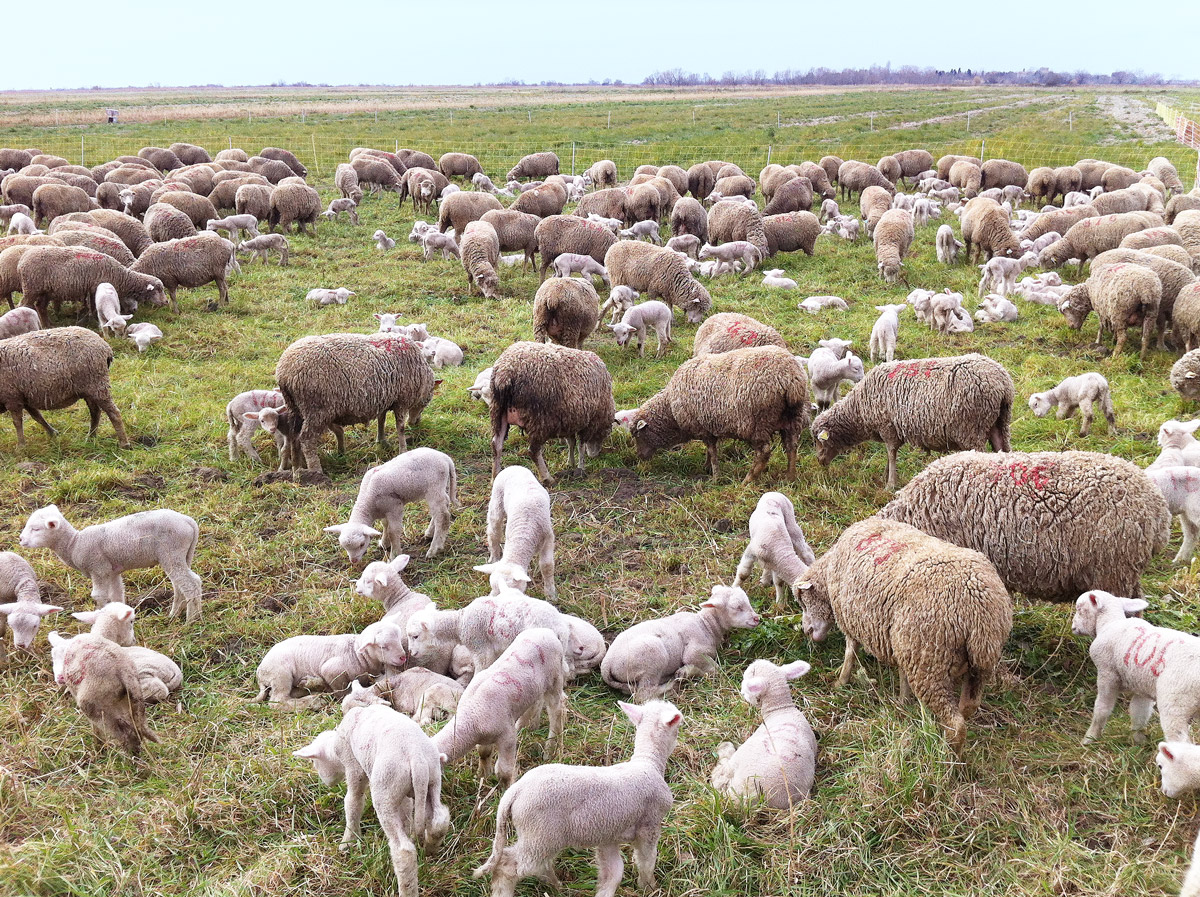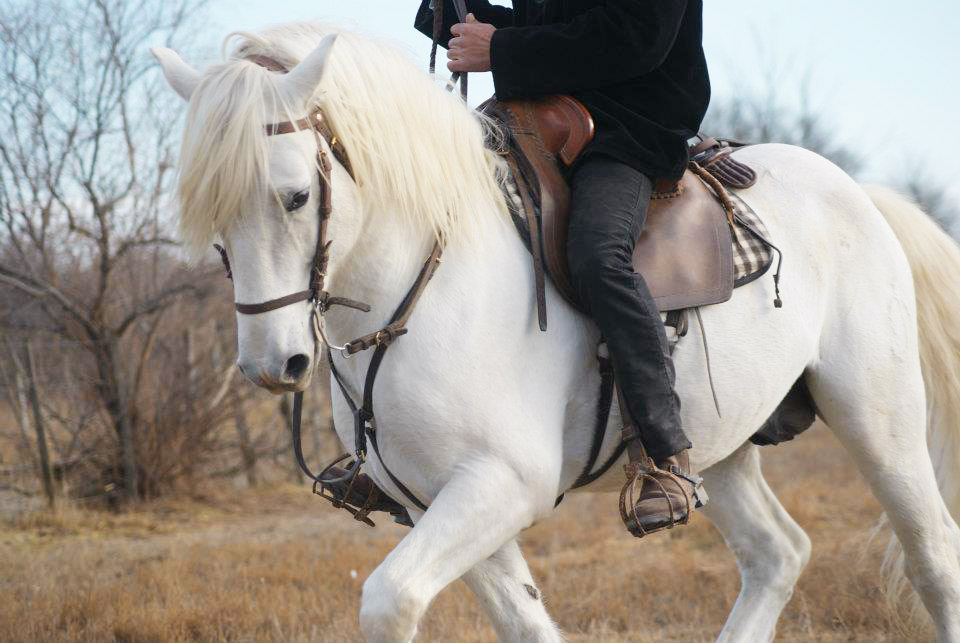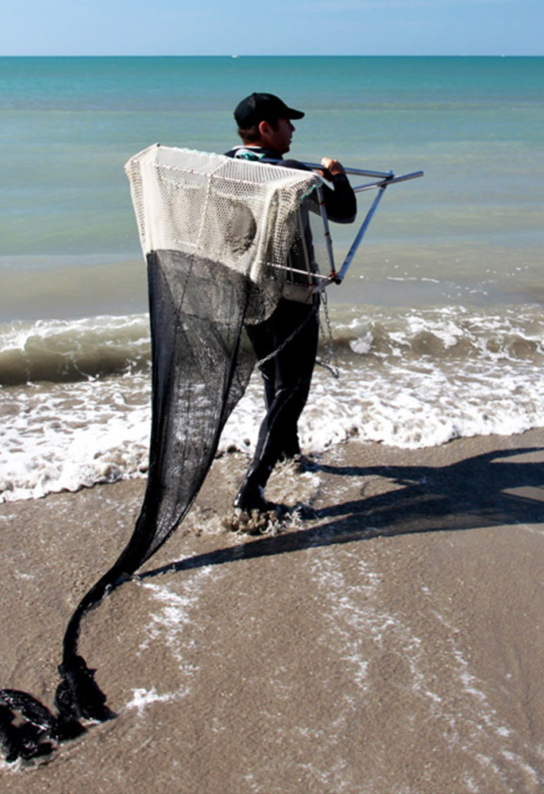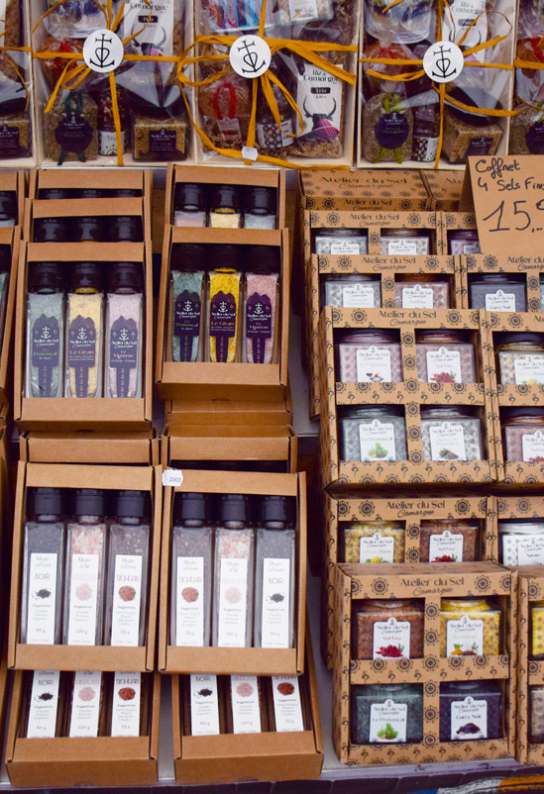In the Camargue, human activities and nature have worked together to shape landscapes and habitats. Water, salt, earth, sand and wind were their assistants, sometimes hostile ones.
Little grains of Camargue
Rice growing has been the main economic farm activity in the Camargue since the 1950s. In need of freshwater supply, it plays a major role in soil desalination.
The first attempt to grow rice was made in the 1870s to desalinate the land after the total confinement of the Camargue in 1860. The end of Rhône floodings had also put an end to natural soil leaching by the river’s fresh water during overflows. In order to control the natural salinity of the soil, pumping stations and irrigation systems have been set up.
The rice cultivation started by the French State during the Second World War was increased during the Marshall Plan which financed major water works and the purchase of equipment essential for intensive rice cultivation. The farming area increased from 400 hectares in 1944 to 3,000 hectares in 1945 and 30,000 hectares in the 1960s.
Today, more than 200 farmers produce around 100,000 tons of rice per year, representing 15% of the national rice consumption. Rice fields still contribute to the maintenance of the Camargue ecosystem by limiting the salinity of the land and regulating the flow of the Rhône during floods.
In 2000, the Camargue rice was classified Indication géographqiue protégée (IGP) which certifies the origin of the production.
Did you know?
During the Second World War, 2,000 young Indochinese (now Vietnamese) mobilized by the French army were sent to the Camargue. Some to the salt marshes or vineyards, others to emerging rice farms. Their know-how was very valuable for the establishment of sustainable rice growing in the Camargue.
In 2014, a remembrance stone was erected in Salin-de-Giraud in gratitude for their contribution to the development of rice farming in the Camargue.
Wine of the Camargue: roots in the water, grapes in the sun
Winegrowing has a long history in the Camargue, dating back to Roman times. It developed under the Second Empire and especially during the phylloxera epidemic. The insect imported from America actually did not resist the 40 to 50 days of immersion of the vineyards in winter. While most of the European vineyards were devastated, the Rhône delta became a refuge for the vine thanks to submersion and sandy soils. The larvae of this insect which kills the vine plant at the root simply suffocated. Today, the winegrowers of the Camargue carry out a selective and qualitative viticulture appreciated by lovers of sunny, fruity and fresh taste. Some still use submersion in order to limit treatments.
Did you know?
The voluntary floodings, originally used at the end of the 19th century to fight the phylloxera, still help to diminish the salinity of the vineyards’ soils today.
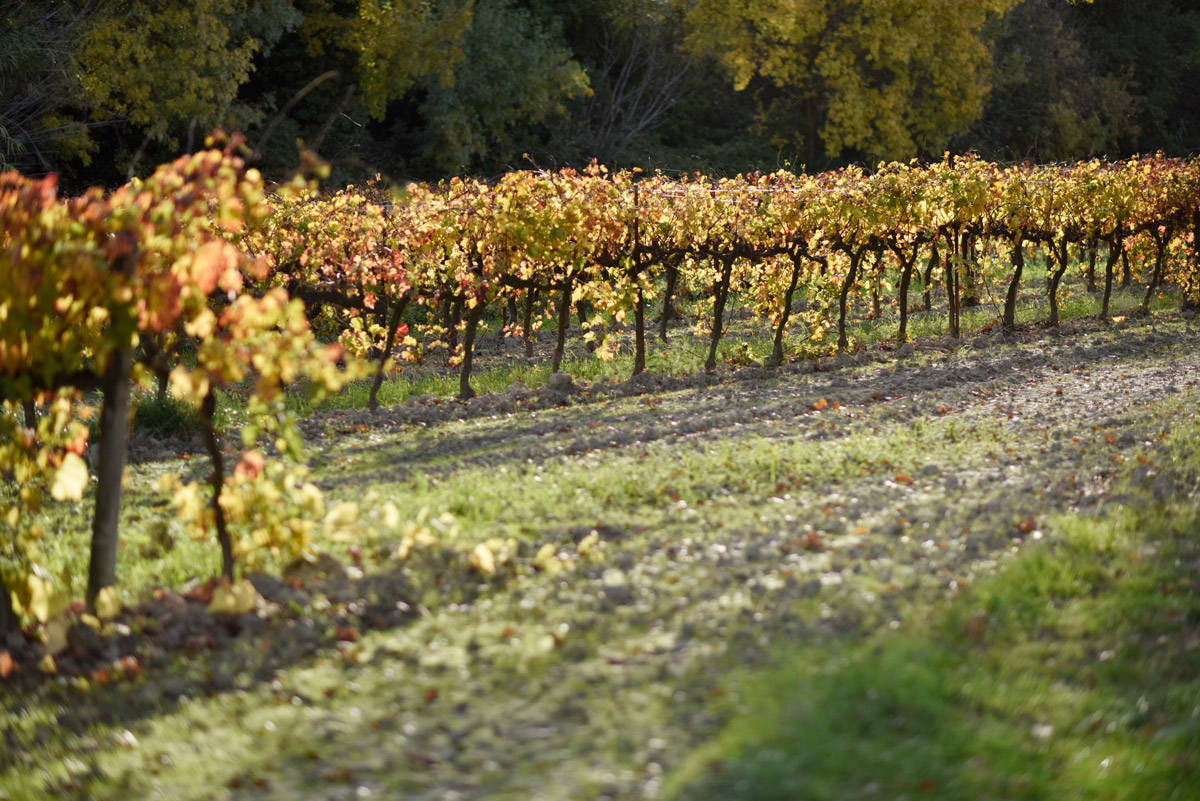
Sand potatoes
To avoid the inconveniences of intensive monoculture, farmers are diversifying their productions. They use Durum wheat, rapeseed or sorghum as intermediate crops. Some produce vegetables: melons, carrots, asparagus, tomatoes… and lately the famous sand potatoes.
In the Park and its neighboring territories, a dozen farmers produce sand potatoes in organic farming or sustainable agriculture. Its subtle taste comes from the sea sands where it is grown.
Reed: treasure of the marshes
Emblematic of the Camargue, the phragmite reed is everywhere you look. The species is typical of the wetlands and grows mostly on the edges of ponds, streams or ditches.
It is a refuge for birds and offers a rich biodiversity. Called sagne by the locals, the reed is a material exploited by the Camarguais for 700 years. Natural and ecological, it is traditionally used to cover the roofs of huts. It also provides bales for eco construction, windbreaks, hunting pitches or even mats to cover the crops. More than 9,200 hectares of the Camargue are covered with reedbeds. The Sagneurs on their typical boats, the Nego-chin, currently exploit 2,000 hectares of reedbeds. Their activity contributes to the maintenance and development of the marshes as well as to the maintenance of ecological balances.
The cabane de gardian
The Camargue hut, also known as the cabane de gardian, is a traditional dwelling of the area, recognizable by its shape, whiteness and thatched roof. No stones, no quarry, only locally available materials such as clay, salvage stones, tamarisk and reed.
The hut is 7 to 12 meters long and 4 to 5 meters wide, with 2 rooms separated by a reed wall. It is particularly adapted to the regional climate with its rounded shape oriented north – northwest. It is designed to withstand the Mistral wind. The sloping roof allows rare but violent rains to flow quickly. The openings are narrow and rare. The reed walls are covered with a whitewashed plaster. On the very end of its roof (the travette) there is a cross. To visit a gardian hut, go to Port-Saint-Louis-du-Rhône.
Of animals and men
The Camargue identity is strongly linked to the extensive breeding of horses and bulls which helps to preserve different habitats. Ever since the 1970s, the manades have started to propose holiday rentals. They play an important role in passing on information to visitors: explain their work, transmit their passion and respect nature.
Sheep
This might surprise you, but from the Middle Ages to the beginning of the 20th century, sheep herding was the main breeding activity in the Rhône delta. In the 16th century, herds of up to 20,000 animals could be seen in the vast Camargue pastures. A few decades ago, every summer, thousands of sheep still left the plains of Provence to reach the Alps. An annual transhumance along the drailles (tracks followed by the herds) first led thousands of animals from the Camargue and the plateau of the Crau, between Arles and Fos-sur-Mer. Then, continuing their journey for several hundred kilometers, the herds aimed for the high valleys of the Alps, the Vercors or the Cévennes.
Sheep were mainly bred for the high quality of their wool. They were a crossing of the local breed and the Spanish Merino sheep. In 1922, Arles created a big wool fair and warehouses. This market lasted until the 1970s. In 2013, breeders revived the market.
The use of synthetic wool for clothing was the beginning of the decline of the activity in the 1950s. The wool of the Mérinos d’Arles sheep was known for its delicacy and quality. Nowadays, there is a renewed interest in this fabric. On the Camargue Regional Natural Park grounds, there are 12,000 sheep.
The Maison de la Transhumance, located in the heart of the Crau, in the town of Salon-de-Provence, promotes the Mérinos d’Arles and the transhumance through leisure activities, shows and exhibitions. The long distance hiking trail GR 69 La Routo from Arles to the Italian Piedmont retraces the transhumance route. It also connects many public and private partners involved in the promotion of sheep farming, its methods and products.
Bulls
Bulls are part of the Camargue landscape. They have become emblematic animals of the area. It is a local species, the Raço di Biòu, that grazes in the Camargue. They are lighter, more nervous and faster than their Spanish cousins. They carry the sturdy character of the land they grow up in. They are exclusively raised in outdoor and semi-free-range farms called Manades. This extensive breeding method contributes to the maintenance of the Camargue habitats.
This breed is still considered a wild one. It was used for agricultural work before moving on to bullfighting and especially the Course Camarguaise. The bulls that are not selected for the games are intended for consumption. The meat of the AOP taureau de Camargue (certified origin) is particularly appreciated in a famous local stew: the gardiane de taureau.

Bull games
In the arena, the valiant biòu defends the attributes placed on his horns against the raseteurs, who must catch them with a hook. After spectacular performances with the fighters during a Course Camarguaise, the most courageous bulls can become real stars of the arenas. They are the pride of their owners and their manades.
In the Camargue and beyond (the departments of Gard and Hérault strongly influenced by the Camargue culture), each village lives to the rhythm of the abrivados and bandidos during the votive festivals.
Approximately 18,000 to 20,000 bulls are raised in more than 150 manades. The horses, inseparable from the bulls, are closely associated with the work of the gardian who leads the sorting of livestock.
Camargue horses
The Camargue horse is said to be of ancient origin, probably from Asia or Egypt. The presence of horses in the Camargue has been reported since Roman times. The breeding itself was encouraged by Julius Caesar for his army.
Hardy and enduring, this small horse is particularly adapted to the environment and climate of the Camargue. Like the bull, it lives half-wild outdoors and feeds on a wide range of plants. It’s the reed it loves the most. Its presence contributes to the management and maintenance of wetlands.
Quick, agile and cooperative, it was a workhorse, war horse, Cévenols’ camisard horse, before starting its mission as guide of the bull herds.
If you see a young horse, you might be surprised: a Camargue foal is of bay color. Growing up, its coat gets lighter: first around the eyes and nose. It is not until being fully grown at 5 years of age that the dark gray color totally disappears. A few months after his birth, the foal is marked with the manade’s arms, socialized by the manadier then broken in by a gardian. At the age of 3, once it is trained and mounted, it will live in semi-liberty and start to lead the herds. The Camargue horse is docile and has established itself as a leisure horse as well. It is used for shows, horse riding or even equine therapy.
Did you know?
A legend tells that the Camargue horse was “born from sea foam”. The story says that a man pursued by a black bull on the beach of Les Saintes-Maries-de-la-Mer had no choice but to throw himself into the sea. As the waves carried him away, he was saved by a stallion sent by Neptune. The horse came out of the foam and said, “I will never be your slave, but I will be your friend.” The man tamed the stallion for three days and they became best friends. It was the first in a long line of Camargue horses.
